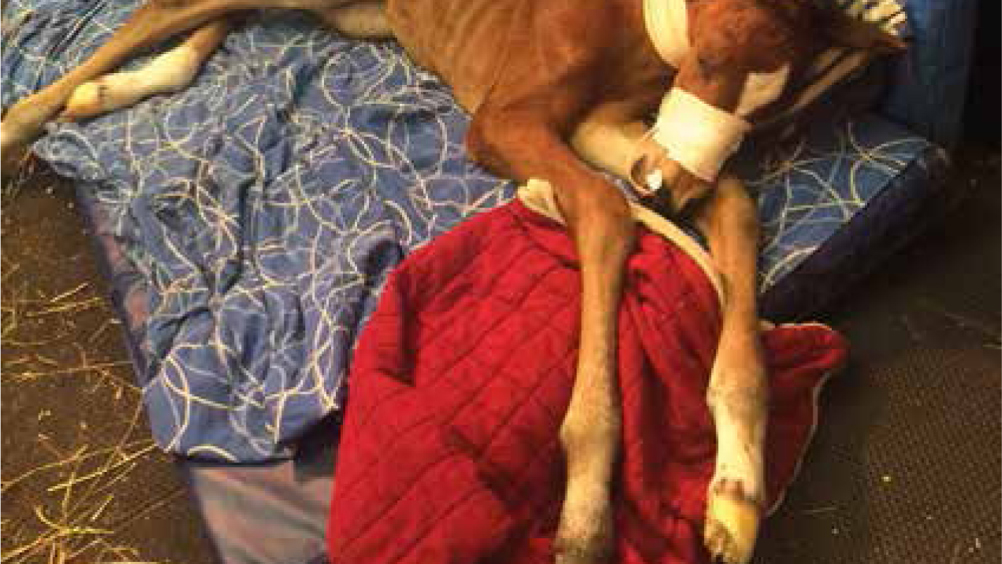References
Neonatal maladjustment syndrome, the dummy foal: a patient care report

Abstract
Neonatal maladjustment syndrome (NMS) is not completely understood, but is linked to variable degrees of hypoxia before or after parturition. This condition can be expected in any foal with a history of premature placental separation; delivery by Caesarean section; prolonged dystocia; premature delivery or foals that have been resuscitated for any reason. Recent studies have shown an association between NMS and a persistence of high concentrations of neurosteroid in the post-natal period. These neurosteroids are thought to be partly responsible for keeping the foal in a sleep like state of unconsciousness while in utero. It is thought that physical pressure on the foal while in the birth canal during a normal delivery signals to the foal to stop producing the sedative inducing neurosteroids, and causes the foal to ‘wake up’. This theory is supported by the fact that NMS appears more frequently in foals with abnormal births.
Nursing care in the treatment of the ‘dummy foal’ has an impact on the outcome of the patient. Managing and nursing a recumbent neonate is laborious, time consuming and personnel intensive, and requires proper facilities that can provide 24-hour nursing care.
A 4-hour-old thoroughbred colt foal presented to the hospital following an assisted vaginal delivery at term. The mare's placenta was reported to be normal.
The foal exhibited abnormal activity after birth, was unable to stand or maintain sternal recumbency with poor suckle reflex. These signs were thought to be consistent with neonatal maladjustment syndrome. A nasogastric tube was passed and colostrum milked from the mare was given. A dose of tetanus anti-toxin was administered, and the foal was referred for further evaluation and supportive treatment.
On admission the foal was responsive, non-ambulatory and was carried to the stable. A holosystolic heart murmur was auscultated, with a heart rate of 116 beats per minute (bpm); (reference range 80–120 bpm) (all reference ranges from Paradis, 2006).
Mucous membranes were pink but slightly injected with capillary refill time greater than 2. The foal respiratory rate was increased (60 breaths per minute; reference range: 20–40 breaths per minute); the breathing was slightly laboured, and the foal was hypothermic (36.6˚C; reference range: 37–39˚C).
Register now to continue reading
Thank you for visiting The Veterinary Nurse and reading some of our peer-reviewed content for veterinary professionals. To continue reading this article, please register today.

